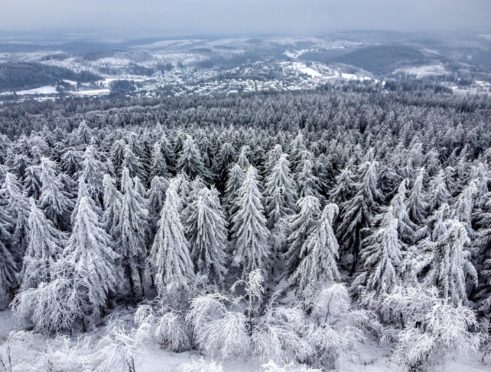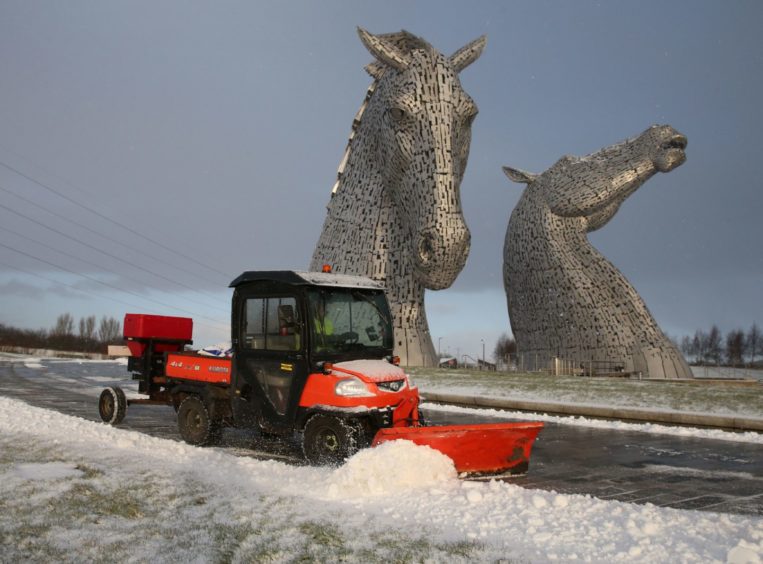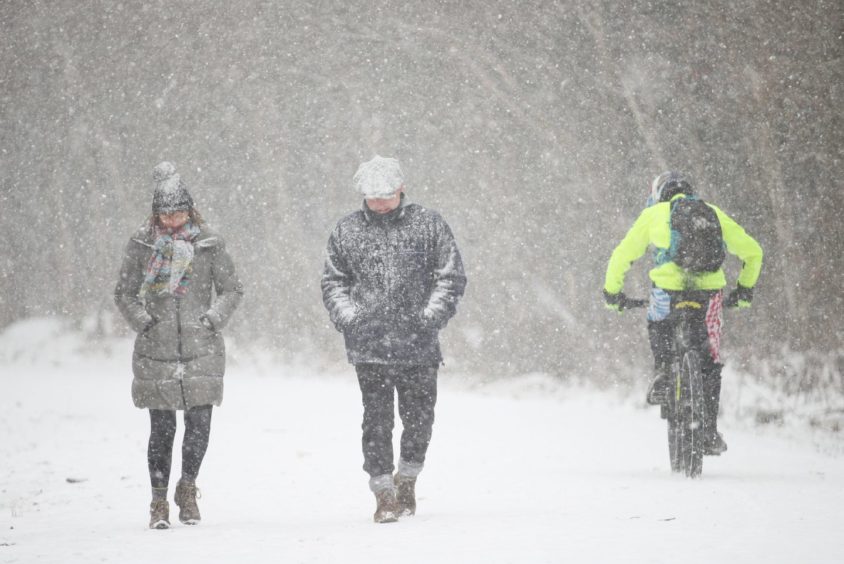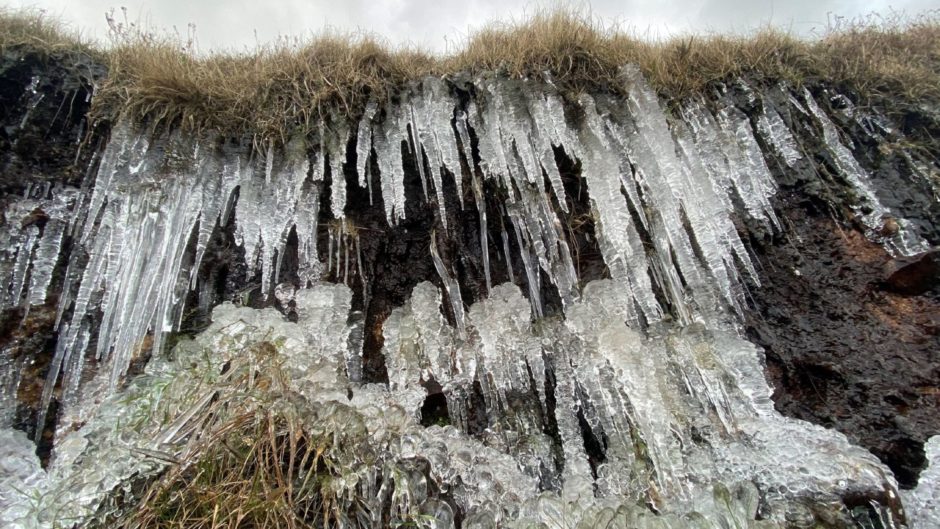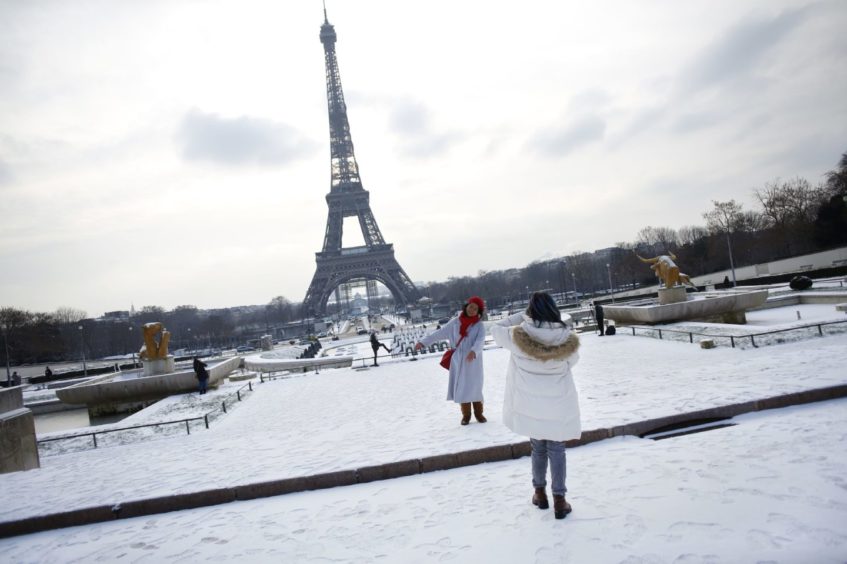Scotland experienced its coldest temperature for 25 years on Wednesday morning, but we’re not the only ones shivering at the moment.
The mercury dipped to -23C in Braemar overnight, the lowest recording since December 30, 1995.
That temperature is also the lowest recorded in February in the UK since 1955.
A whopping 15 weather stations across the UK also recorded their lowest ever February temperatures overnight.
In the Highlands, Kinbrace and Strathallan hit -21.3C and -18.2C respectively, while England’s lowest temperature was recorded in Ravensworth, North Yorkshire, where it dropped to -13.1C.
But those temperatures are still positively balmy compared to the world’s coldest regions on February 10 and 11.
Concord in Antarctica recorded the world’s coldest temperature, dropping to -50C.
Outside of the frozen continent, the coldest reading was in Canada.
The outpost of Key Lake in northern Saskatchewan dipped to -47.6C.
The lowest American temperatures were found in Alaska as you’d expect, but forecasters in the US predicted last week that every single state will sink below freezing.
American news reports have been full of talk of the polar vortex, a ring of winds that surround the north and south poles during each hemisphere’s winter and what is often responsible for bringing extremely cold winter weather to the US and Europe.
Across the pond, the cold weather front has been described as everything from an “Arctic invasion” to a “a bowling ball filled with bitterly cold air”.
Closer to home in Europe, the lowest recorded temperature was found in the Russian district of Vilegodsky.
Located around 1,000 miles north-east of Moscow in Arkhangelsk Oblast, it reached -38.9C.
Folldall, a municipality in central Norway, was close behind on -38.2C while Gielas in northern Sweden dipped to -34.2C.
There are plenty of places further south in Europe that are also in the grips of a brutal winter.
The state of Thuringia in central Germany recorded the nation’s coldest temperature on Wednesday morning, when it reached -26.7C in the city of Mühlhausen.
Klirrend kalte Nacht in Deutschland! Vor allem über #Schnee im zentralen/östlichen Mittelgebirgsraum Tiefsttemperaturen von unter -20 Grad. Kälte-Hotspot, sozusagen der "Coldspot" war Thüringen mit einem Tiefstwert von -26,7 °C in Mühlhausen. #Frost #Kälte #Winter #Wetter /V pic.twitter.com/4DEjpv0bUH
— DWD (@DWD_presse) February 10, 2021
It’s a similar scene in France, where workers at the Eiffel Tower have been using a blowtorch to melt ice after the country was hit by freezing temperatures.
The monument’s official Twitter account tweeted: “When negative temperatures return, my floors get partially covered with ice!
“To get rid of it, we need to use a blowtorch because ice-control salt is too corrosive for the metal.”
🇬🇧 When negative temperatures return, my floors got partially covered with ice! 🥶 To get rid of it, we need to use a blowtorch because ice-control salt is too corrosive for the metal.#EiffelTower pic.twitter.com/nkdgLVaUHf
— La tour Eiffel (@LaTourEiffel) February 9, 2021
The joint record for the lowest temperature ever recorded in the UK is held by Braemar and Altnaharra, in the Highlands, which have recorded minus 27.2C on three separate occasions.
Scattered yellow weather warnings remain in place for large parts of the north and north-east until Saturday.
Ollie Claydon, from the Met Office, said: “There’s still a couple of days of cold conditions to get through and a little bit more snow in parts of Scotland but the trend is that the weekend is going to herald a change to milder conditions.”
